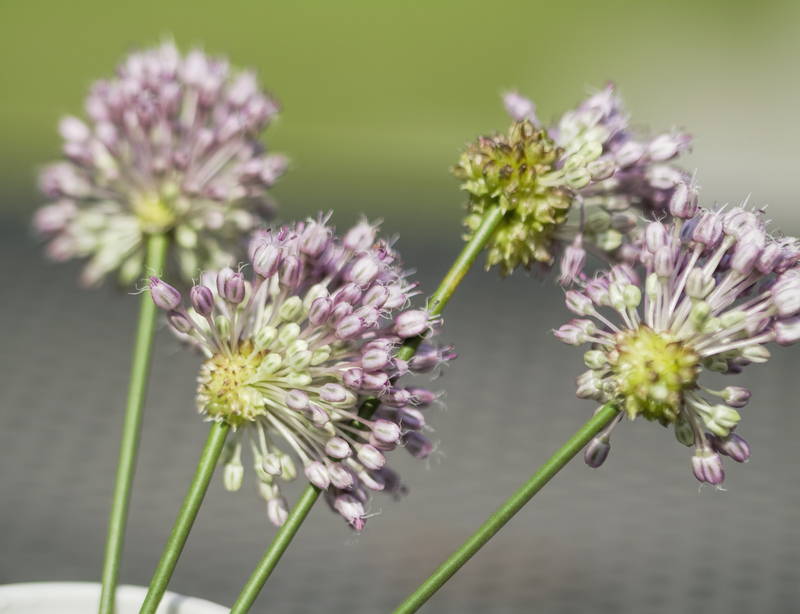Ideal Match: Aeration with Overseeding
When it comes to maintaining a healthy and lush lawn, two techniques often come up--aeration and overseeding. Both procedures have significant benefits on their own, but together, they can transform your lawn into the envy of the neighborhood. This article will delve into the advantages of combining aeration with overseeding, how they complement each other, and the best practices for achieving optimal results.
Understanding Aeration
Aeration is the process of creating small holes in the soil to allow air, water, and nutrients to penetrate deep into the grassroots. This practice helps alleviate soil compaction, which is a common problem in many lawns, especially those with heavy traffic or clay soil. Compacted soil restricts root growth and limits the amount of air and water that can reach the grass roots, leading to a yellowish, patchy lawn.
Benefits of Aeration:
- Improves Nutrient Absorption: By allowing nutrients to reach the grass roots more effectively, aeration promotes healthier and stronger grass growth.
- Enhances Water Penetration: Aeration ensures that water reaches deep into the soil, reducing runoff and promoting efficient water use.
- Reduces Soil Compaction: Frequent traffic and clay soils can compact, making it hard for grass to penetrate deeply.
- Boosts Microbial Activity: Aeration enhances the microbial activity in the soil, aiding decomposition and nutrient cycling.

What is Overseeding?
Overseeding involves planting new grass seeds directly into existing turf without tearing up the soil. This practice helps to thicken the lawn, fill in bare spots, and improve the overall health and appearance of the turf. Overseeding is especially beneficial in older lawns that have a mix of grass types or those that are struggling with pests, disease, or other issues.
Benefits of Overseeding:
- Increases Lawn Density: A denser lawn is more resistant to weeds, pests, and diseases and provides a lush, uniform appearance.
- Improves Lawn Color and Health: Seeding with improved grass varieties can enhance the color, texture, and resilience of the lawn.
- Promotes Resiliency: New grass cultivars often have better drought tolerance and disease resistance, ensuring a more resilient lawn.
- Reduces Thatch Build-Up: Thatch, or the layer of dead grass and roots, is minimized as new seeds grow and decompose it.
The Synergy of Aeration with Overseeding
Combining aeration with overseeding creates a synergistic effect that maximizes the benefits of both practices. When you aerate the soil before overseeding, you create ideal conditions for seed germination and establishment. The holes created during aeration provide an optimal environment for seeds to settle into the soil, where they have better access to water, nutrients, and air.
Improved Seed-to-Soil Contact
One of the key factors in successful overseeding is good seed-to-soil contact. Aeration helps create pockets where seeds can settle and establish roots more easily. This improves germination rates and ensures that the new grass plants have a strong start.
Enhanced Nutrient Uptake
Aeration allows for better penetration of water and nutrients into the soil. This is particularly important for new grass seedlings, which require ample nutrients to grow strong and healthy. By improving nutrient availability, aeration helps the new grass plants establish more quickly and robustly.
Reduced Competition from Weeds
A thick and healthy lawn is one of the best defenses against weeds. By combining aeration with overseeding, you can help your lawn fill in bare spots and thicken up, reducing the opportunity for weeds to take hold. The new grass plants have a better chance of outcompeting weeds for resources, leading to a cleaner, more attractive lawn.

Best Practices for Aeration and Overseeding
To achieve the best results from aeration and overseeding, it's important to follow a few best practices. Timing, preparation, and aftercare all play crucial roles in ensuring successful results.
Timing
Fall is generally considered the best time for aeration and overseeding. The cooler temperatures and increased rainfall create favorable conditions for grass seed germination and establishment. Spring is another good option, but be sure to avoid the hot summer months, as the heat can stress new grass plants and reduce germination rates.
Preparation
Before aerating and overseeding, mow your lawn to a shorter height than usual. This helps ensure that the seeds make good contact with the soil. If your lawn has a thick layer of thatch, consider dethatching as well. This will improve seed-to-soil contact and help the new grass plants establish more quickly.
Aeration
Use a core aerator to remove small plugs of soil from the lawn. These plugs should be about 2-3 inches deep and spaced about 2-4 inches apart. Be sure to cover the entire lawn area for the best results.
Overseeding
After aerating, spread the grass seed evenly over the lawn. Use a broadcast spreader to ensure even coverage. Choose a high-quality grass seed that is appropriate for your climate and lawn conditions. Consider using a mix of grass varieties to improve resilience and adaptability.
Aftercare
Proper aftercare is essential for the success of aeration and overseeding. Water the lawn thoroughly after overseeding and keep the soil consistently moist until the new grass seedlings are established. This may require daily watering in the initial weeks. Once the grass is established, you can gradually reduce the frequency of watering.
Apply a balanced fertilizer to provide the nutrients needed for healthy growth. Be cautious not to over-fertilize, as this can harm the new grass seedlings. Avoid mowing the lawn until the new grass reaches a height of about 3-4 inches. When you do mow, use a sharp mower blade to avoid tearing the delicate new grass plants.
Conclusion
Combining aeration with overseeding is a powerful strategy for achieving a healthy, lush, and resilient lawn. By understanding the benefits of each practice and following best practices for timing, preparation, and aftercare, you can transform your lawn into a beautiful and vibrant landscape. Whether you're dealing with compacted soil, bare spots, or struggling grass, aeration with overseeding offers a comprehensive solution to improve the health and appearance of your lawn.
Investing in these lawn care techniques is not just about aesthetics; it's also about creating a sustainable and enjoyable outdoor space for you and your family. With the right approach, aeration and overseeding can help you achieve the lawn of your dreams, providing years of beauty and functionality.





